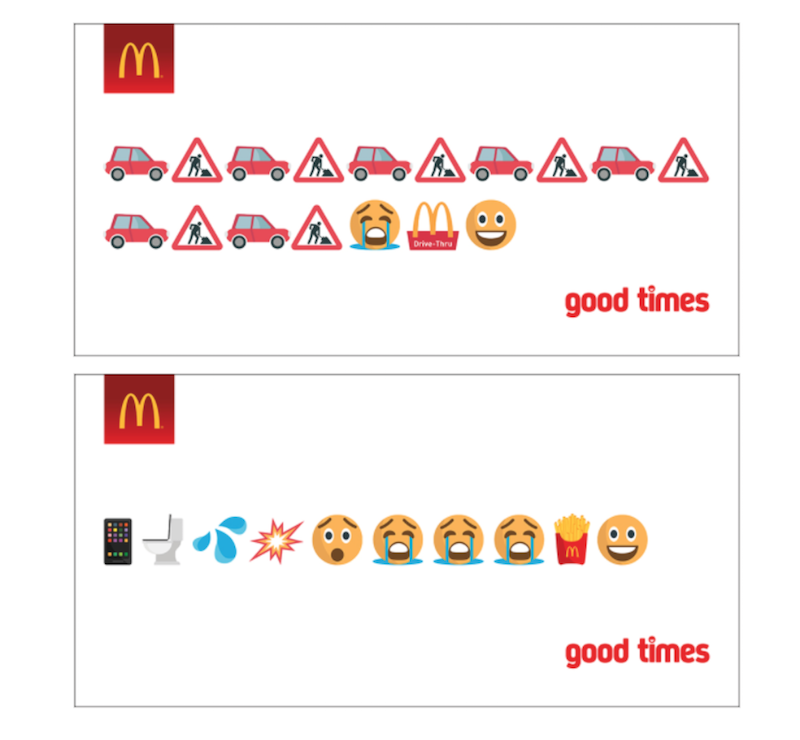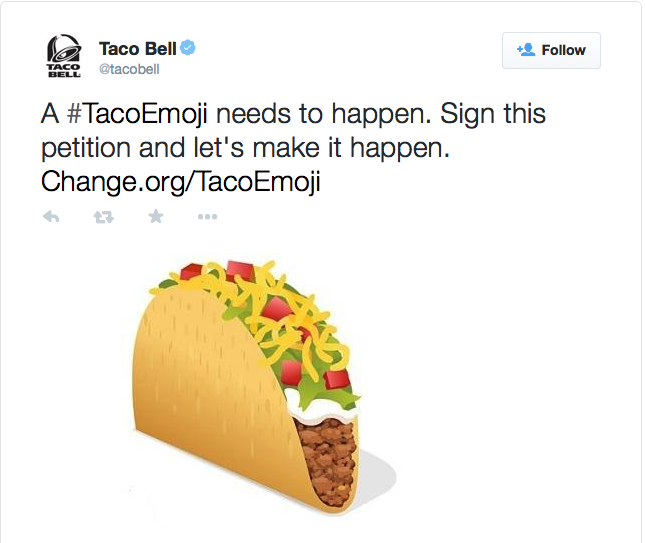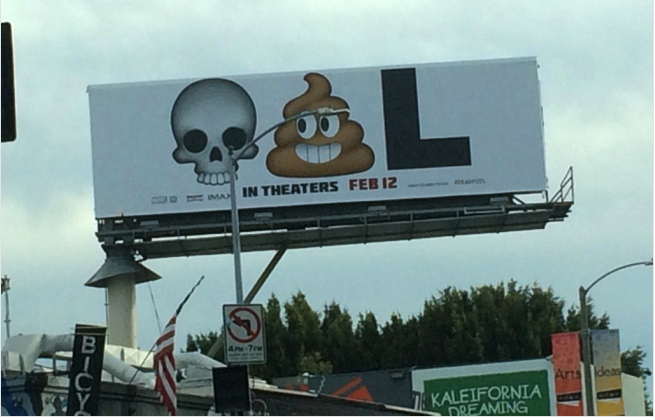The Evolution of the Use of Emojis
The Evolution of the Use of Emojis
A brief history of Emojis
Emojis have been around since the late 1990s, but in recent years they have become a ubiquitous part of our online lives. It’s hard to imagine a world without emojis now! But where did they come from?
The first emojis were created in 1999 by Japanese artist Shigetaka Kurita, who was working for a mobile phone company at the time. He designed a set of 176 images to represent different emotions, objects and concepts. These original emojis were based on manga, Chinese characters, and street graffiti.
Emojis really took off in 2010, when Apple included an emoji keyboard in its iOS operating system. Since then, emojis have become an essential part of how we communicate online. In 2015, the Oxford Dictionaries named the 😂 face with tears of joy emoji as the ‘Word’ of the Year.
It’s estimated that over 10 billion emoji’s are now sent every day and this number continues to rise year on year. Some of the most popular emojis for 2022 include 😂, 😍, 😘, 🤣, and ❤️.
The most popular new emoji is “heart on fire.” ❤️🔥
The “syringe” was accurately voted Most Representative of 2021. 💉
So why are emojis so popular?
Part of it has to do with the way they can bridge the gap between written and spoken communication. Emojis can convey a lot of meaning in a small space, which is perfect for our fast-paced, digital lives. They’re also a great way to add personality and emotion to our texts and emails.
What about business use?
While emojis were originally designed for personal use, they’ve also become a valuable tool for many businesses to add personality to their messages and connect with customers on a more emotional level. Enter the term Emoji Marketing.
Many studies have focused on how emojis influence brand engagement and have shown that emojis have a positive effect on customer engagement.
If you’re not sure when or how to use emojis in your marketing, don’t worry – you’re not alone. When used correctly, emojis can be a valuable addition to your marketing strategy, allowing brands to connect with their audience, add personality to the brand, and even increase engagement. However, they’re not appropriate for every situation.
Here are a few general guidelines to keep in mind:
- Use emojis sparingly. Overuse can be overwhelming or even off-putting.
- Pay attention to the tone of your message. If you’re trying to be serious or professional, emojis may not be appropriate.
- Consider your audience. Emojis are most popular with millennials, so if your target market is older, you may want to use them sparingly.
- Test the waters. If you’re not sure whether emojis are right for your brand, start by using them in a few places and seeing how your audience responds.
The most important consideration is that consumer reactions to emojis will very much depend on your individual business and target audience. B2B brands are likely to receive different consumer reactions to the use of emoji’s than B2C brands.
Emoji Marketing in action
The most common examples of emoji marketing include using emojis in social media posts, email subject lines, or marketing materials like posters or flyers. However some of the world’s biggest brands have built entire campaigns around emojis that have been enormously successful.
- McDonald’s
McDonald’s has long used emoji-based campaigns. In 2015 on Twitter, they asked people to tweet with the 🍔 or 🍟 emoji to receive a coupon for a free burger or fries. The campaign was so popular that it resulted in a 10% increase in sales!
One of their most memorable and effective campaigns was the Good Times campaign which presented ads made up entirely of emoji’s. The purpose was to show that any problem, from bad weather to a traffic jam, could be improved by eating McDonalds.

- Coca-Cola
Coca-Cola’s “Share a Coke” campaign was one of the most successful emoji campaigns in recent years. The campaign asked people to tweet with the 🍺 or 🥤 emoji to receive a coupon for a free Coke. The campaign was so popular that it resulted in a 10% increase in sales!
- Taco Bell
In 2014 Taco Bell successfully petitioned to have a taco emoji created, enlisting passionate taco lovers to support the campaign. The petition received 33,000 signatures and in June 2015, the taco emoji was unveiled.

And who could forget the Deadpool billboard with the smiling poop emoji centre stage. Perfectly aligning with the film, it’s irreverent and disruptive.

As more and more brands begin to use emojis in their campaigns, we can expect to see even more innovative and creative uses of emojis in the future. So if you’re not already using them in your marketing, now is the time to start! Love them or hate them, emoji’s are not going anywhere.
What do you think? Are emojis a valuable marketing tool, or are they best left to personal use?
If you have a question and want to get in touch, contact us or call us 07 3198 4890. If you are interested in keeping up to date with Fuse, subscribe to our enews.
